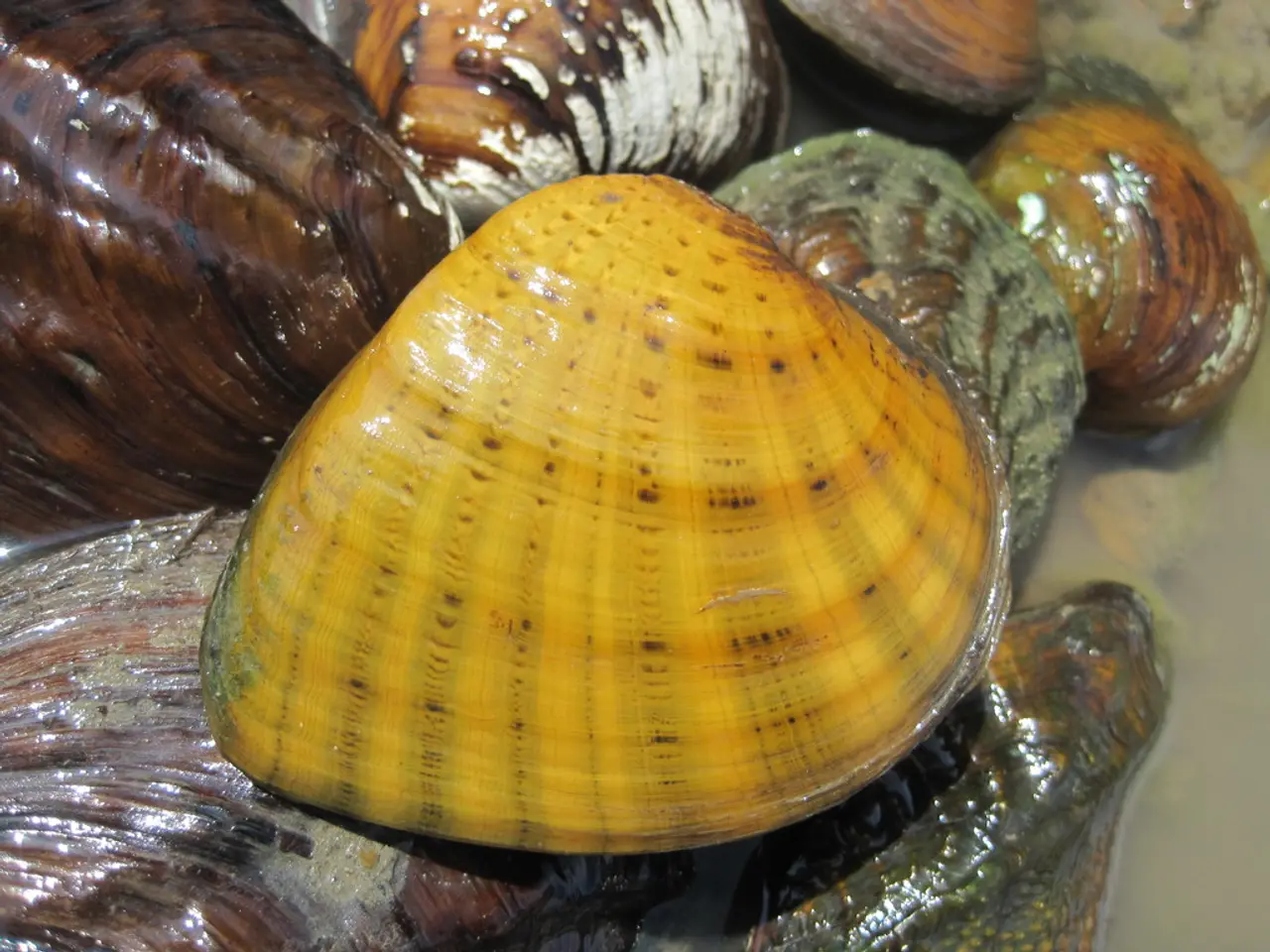Mission to Minimize Microplastics in Oceans: Targeting the Source of Pollution
The issue of microfiber pollution, primarily of plastic origin, in our seas and oceans is a growing concern among experts. The production of microfibers reached an astounding 120 million tons in 2019 alone, with a third of the 13 million tons of plastic that end up in the seas annually coming from microfibers released during the washing of clothes in washing machines.
According to Raffaella Giugni, head of institutional relations at Marevivo, this pollution is causing significant harm. Current filtering systems integrated into washing machines are being developed and mandated in some regions, but their effectiveness varies and is not yet complete. For instance, only 60% of the microfibers produced during washing are captured by filters or wastewater treatment plants.
The remaining 40% end up in the sea and are ingested by marine organisms, entering the food chain. This is a serious issue, as microfibers from textiles are 10 times higher than those of other microplastics. Concentrations of microfibers are present in all seas, ranging from 1 fiber per 50 liters to over 25 fibers per liter of water.
The initiative in Venice is part of the international campaign "Only One: One Planet, One Ocean, One Health". The campaign, supported by Beko and launched by Marevivo, Marina Militare, and Fondazione Dohrn, aims to address this pollution.
Several approaches are being taken to reduce microfiber shedding and pollution during washing. These include the use of microfiber filters and laundry bags, chemical textile treatments, modifications in laundry behaviour, and shifting textile materials. For example, Livinguard Technologies’ “Better Fresh” chemically binds and holds fibers in textiles more tightly to minimize fiber shedding during washing.
However, these measures only partially solve the problem. To effectively reduce microfiber pollution entering seas and oceans, a comprehensive strategy is needed. This includes mandatory washing machine filters, the development of low-shedding textiles, sustainable consumer practices, innovative detergents, and regulating and phasing out synthetic polymers.
The pollution from plastics and microplastics is an emergency affecting all the seas and oceans of the world. Their ingestion by all marine species has clear evidence, with frequencies that can exceed 90% of the organisms analyzed. It is crucial that we take action to address this issue and protect our marine life.
- The campaign "Only One: One Planet, One Ocean, One Health," which is part of an international effort, aims to address and reduce microfiber pollution, a significant concern within the field of environmental science.
- While initiatives such as using microfiber filters, laundry bags, chemical textile treatments, and modifying washing behavior can help reduce microfiber shedding, a more comprehensive strategy is necessary to effectively SAVE our seas and oceans from the impending crisis of microplastic contamination.
- The alarming increase in microfiber pollution (climate-change related to textiles) poses a severe threat to marine life, with 90% of analyzed organisms ingesting these contaminants, affecting various aspects of their lifestyle (especially home-and-garden - sea life) and our broader international science understanding.




